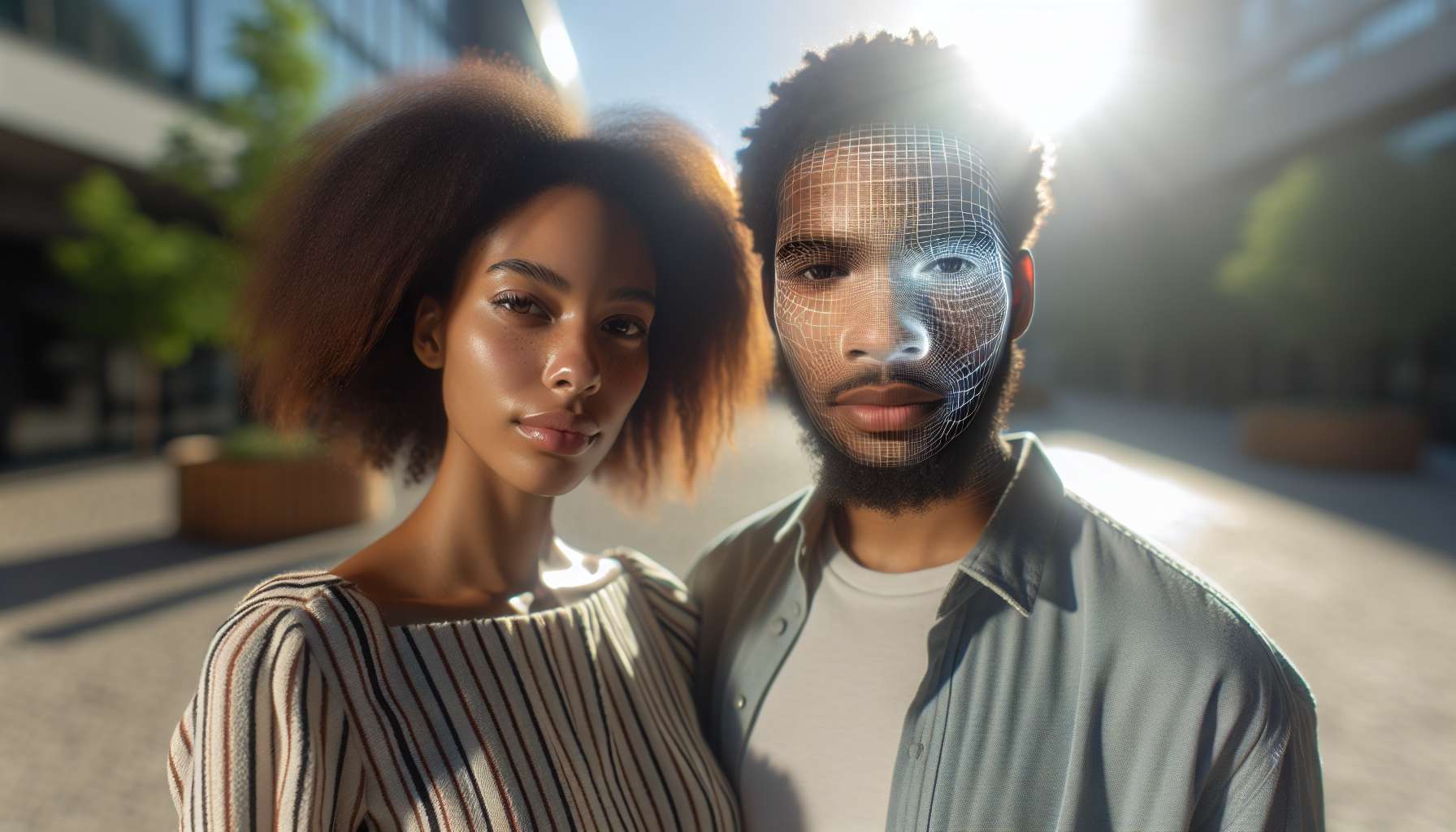Unlocking New Opportunities: Revolutionizing B2B Lead Generation with Augmented Reality
As technology continues to evolve, businesses are constantly seeking innovative ways to stay ahead of the competition. One such technology that has gained significant attention in recent years is augmented reality (AR). With its ability to overlay digital information onto the real world, AR has the potential to revolutionize various aspects of business operations, including lead generation in the B2B space.
Understanding Augmented Reality
Before we delve into the exciting possibilities of using AR for B2B lead generation, let’s first understand what augmented reality is. Simply put, AR is a technology that enhances our perception of the real world by overlaying digital information, such as images, videos, or 3D models, onto our physical environment. This is typically achieved through the use of smartphones, tablets, or specialized AR glasses.
The Power of AR in B2B Lead Generation
Traditionally, B2B lead generation has relied heavily on conventional methods such as cold calling, email campaigns, and trade shows. While these methods can still be effective, they often lack the wow factor needed to capture the attention of potential clients. This is where AR comes in.
By incorporating AR into your lead generation strategy, you can create immersive and interactive experiences that leave a lasting impression on your prospects. Imagine being able to showcase your products or services in a virtual environment, allowing potential clients to visualize how your offerings can solve their pain points. AR can bring your products to life, enabling potential customers to explore them from every angle, interact with them, and even customize them to their specific needs.
Real-World Examples
Let’s take a look at some real-world examples of how businesses are leveraging AR for B2B lead generation:
- Product Demonstrations: Instead of relying on static brochures or videos, companies can use AR to provide interactive product demonstrations. This allows potential clients to see the product in action and understand its features and benefits in a more engaging way.
- Virtual Showrooms: With AR, businesses can create virtual showrooms where potential clients can explore their products or services without the need for physical samples. This not only saves costs but also enables companies to showcase a wider range of offerings.
- Remote Collaboration: AR can facilitate remote collaboration by overlaying digital information onto real-world objects during video conferences or meetings. This enables teams to work together more effectively, regardless of their physical location.
The Benefits and Future Outlook
Implementing AR for B2B lead generation offers several benefits. Firstly, it helps businesses stand out from the competition by providing a unique and memorable experience for potential clients. Secondly, it allows for better targeting and personalization, as AR experiences can be tailored to specific industries or individual customer needs. Lastly, AR can significantly shorten the sales cycle by providing prospects with a deeper understanding of the product or service, leading to faster decision-making.
Looking ahead, the future of AR in B2B lead generation looks promising. According to a report by MarketsandMarkets, the AR market is expected to reach a value of $77.0 billion by 2025, with a compound annual growth rate of 28.5%. This indicates a growing interest and adoption of AR technology across various industries.
Getting Started with AR for B2B Lead Generation
If you’re considering incorporating AR into your B2B lead generation strategy, here are a few steps to get started:
- Evaluate your target audience and identify how AR can enhance their experience.
- Define clear objectives and key performance indicators (KPIs) for your AR lead generation campaigns.
- Partner with an experienced AR solution provider who can help you design and develop compelling AR experiences.
- Promote your AR experiences through various channels, such as your website, social media, and industry events.
- Continuously measure and analyze the performance of your AR campaigns to optimize results.
By embracing the power of AR, businesses can transform their B2B lead generation efforts and unlock new opportunities for growth. The possibilities are endless, and the time to explore them is now.





